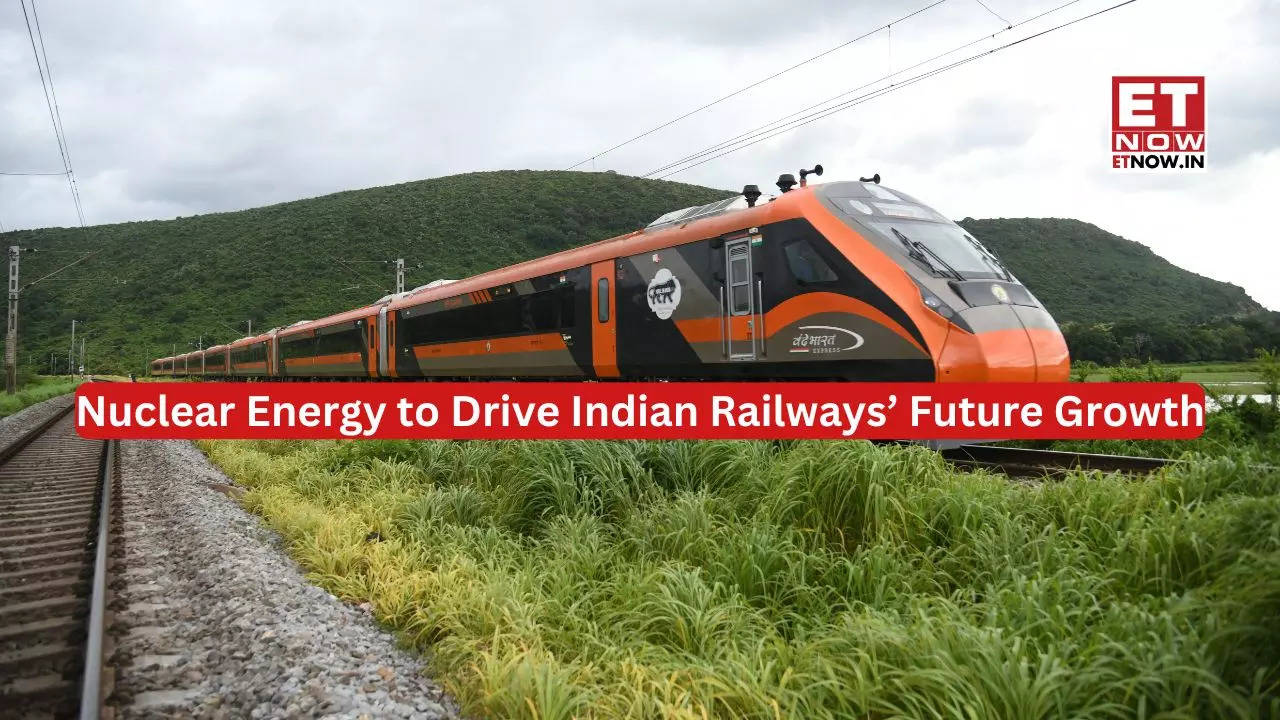Indian Railways' Green Energy Revolution: From Hydrogen Trains to Nuclear Power
Key Ideas
- Indian Railways aims to be the world's largest green railway with zero carbon emissions by 2030 through electrification, solar rooftops, and water conservation.
- The Ministry of Railways is exploring hydrogen fuel-powered trains and turning to nuclear energy to meet the growing power demand for expanding its network.
- Railway Minister Ashwini Vaishnaw highlights the benefits of nuclear power in reducing dependence on fossil fuels and carbon emissions for sustainable development.
- India's Union Budget 2025-26 emphasizes a significant push towards nuclear energy, setting a target of 100 GW nuclear power capacity by 2047 as part of the country's energy transition strategy.
Indian Railways is committed to becoming the world's largest green railway with zero carbon emissions by 2030. To achieve this ambitious goal, the national transporter has implemented various green initiatives such as 100% railway electrification of Broad Gauge (BG) tracks, installation of solar rooftops on stations, and promoting water conservation measures. As Indian Railways continues to expand its network to connect even the most remote areas, the Ministry of Railways is exploring alternative energy sources to meet the increasing power demand. Currently, the development of hydrogen fuel-powered trainsets is underway at Indian Railways' manufacturing facility.
In a significant move towards sustainable development, Indian Railways is turning to nuclear power as a clean and reliable energy source. The Ministry of Railways has engaged with the Nuclear Power Corporation of India Limited (NPCIL) and the Ministry of Power for the allocation of nuclear power. Railway Minister Ashwini Vaishnaw highlighted the advantages of nuclear energy in reducing reliance on fossil fuels and cutting carbon emissions.
The Union Budget 2025-26, presented by the Prime Minister Narendra Modi-led government, outlines a strong commitment to nuclear energy as a key element of India's long-term energy transition strategy. With a target of achieving 100 GW nuclear power capacity by 2047, nuclear energy is positioned as a major pillar in India's energy mix for a sustainable future.
